
There's no doubt knee braces are important when nursing an injury or for injury prevention, but choosing the right one can be a daunting task. Knowing more about how to pick the best knee brace for your individualized needs by using a knee support guide can make the process more enjoyable.
When to Wear a Knee Brace
In general, braces should be worn if you're having knee pain or you wish to prevent injuries during high contact sports where there is a higher likelihood of knee injury. Knee braces can also be used for rehabilitative purposes, for example, following an ACL injury. The brace will provide slow, limited movement allowing the patient to gradually regain their range of motion. Knee braces also come in handy for arthritis sufferers as it can aid in reducing pain and inflammation. Your doctor can help you decide if it's necessary.
Levels of Protection
When choosing a knee brace, look for levels of protection ranging from 1 to 3+. A Level 1 Brace offers the least amount of support, but is the most flexible, such as a knee sleeve. It's best for pain relief and mild to moderate support when remaining fully active.
Level 2 Braces offer more protection than Level 1, they aren't as flexible, but still allow for a range of movement. Wraparound braces and knee straps are good examples. You'll receive mild to moderate knee support for pain relief associated with ligament instabilities and tendonitis.
A Level 3 Brace, such as a hinged knee brace, offers you the most support but limited movement. This type of brace is also generally heavier. It's best for recovering from surgery, when knee movement should be limited to prevent re-injuring yourself. To take it a step further, there is always the option of a 3+ Level for Maximum Protection. This level is best for aiding in pain relief and support for moderate to major instabilities and conditions
.
Types of Knee Braces
There are several types of knee braces available to choose from, such as sleeves, wraparound braces, hinged braces, and straps.







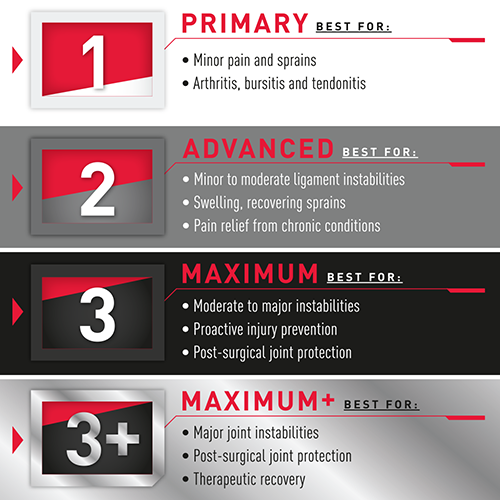
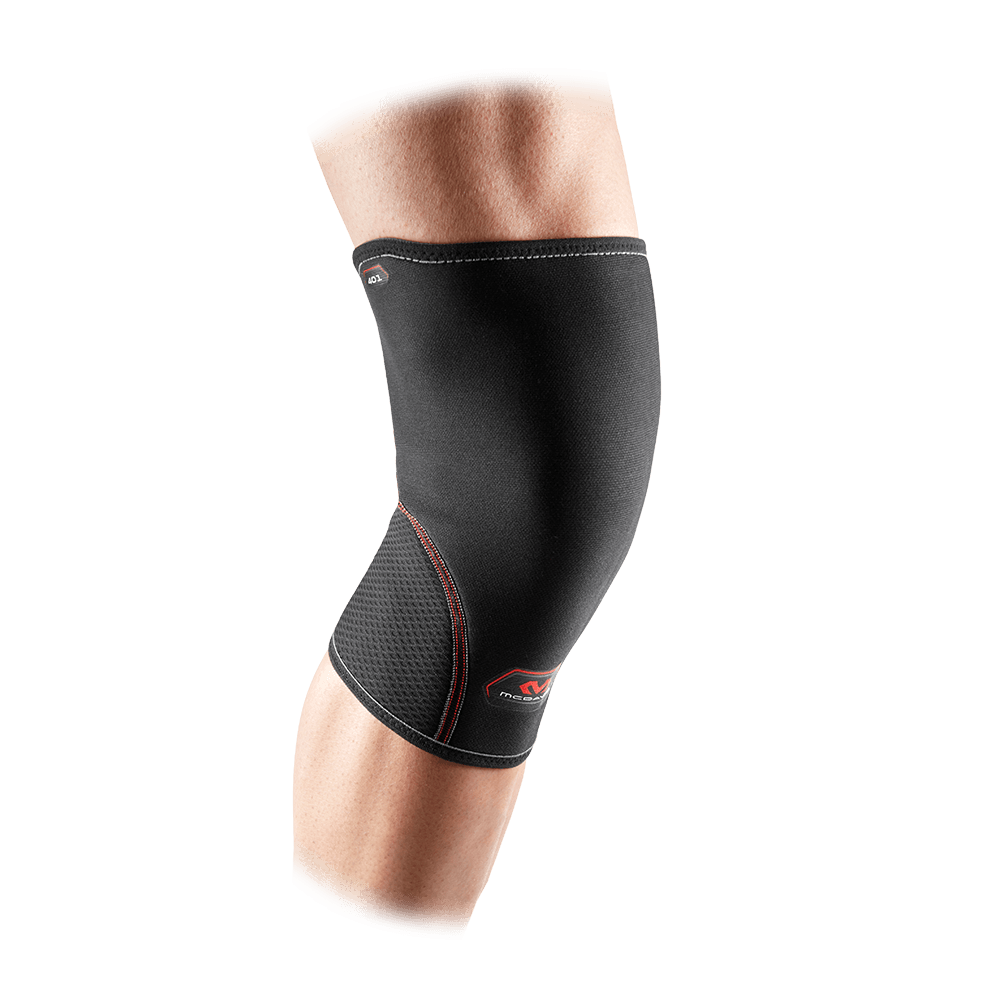
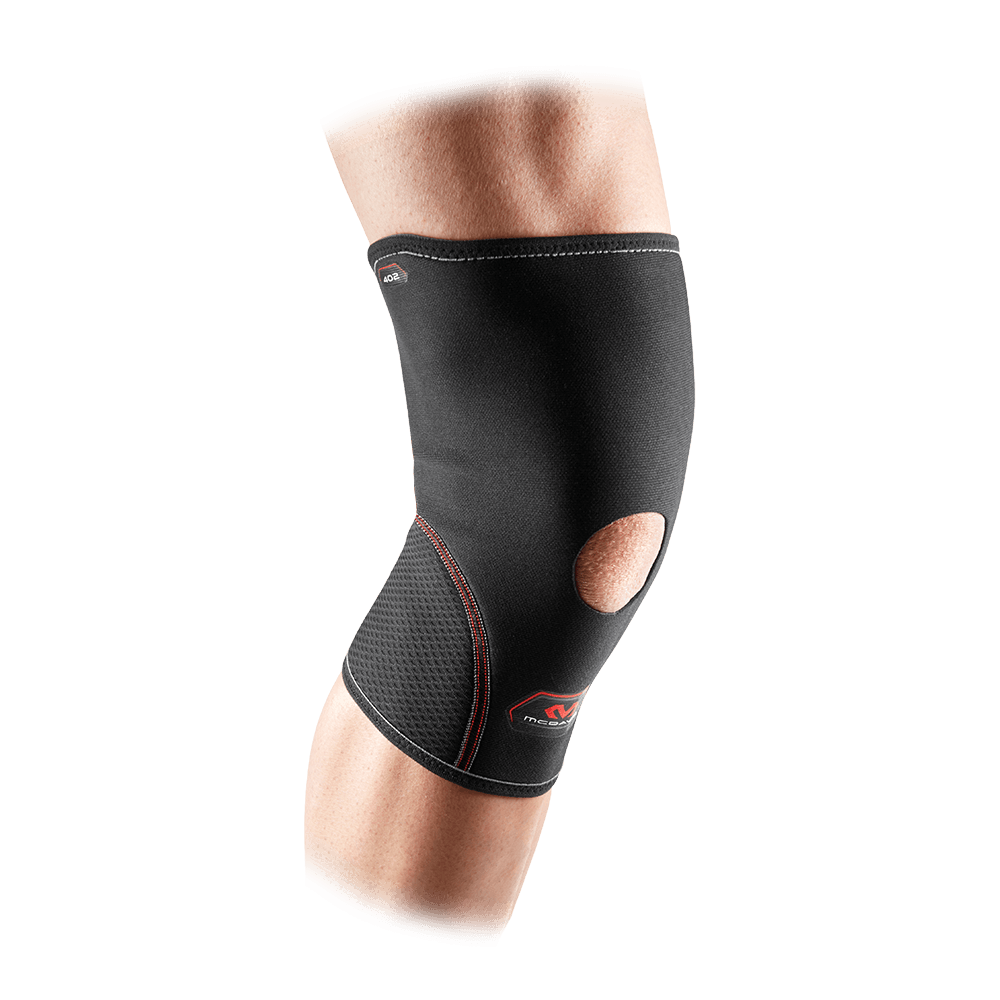


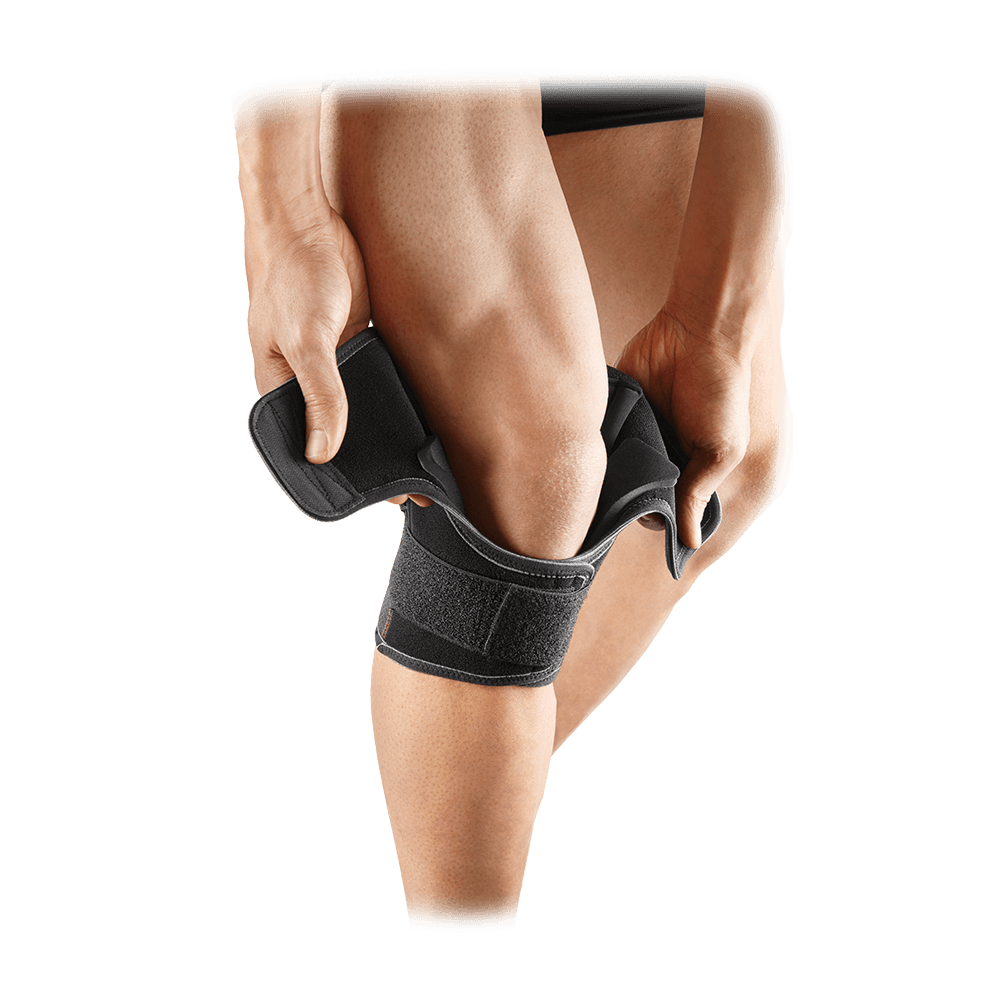
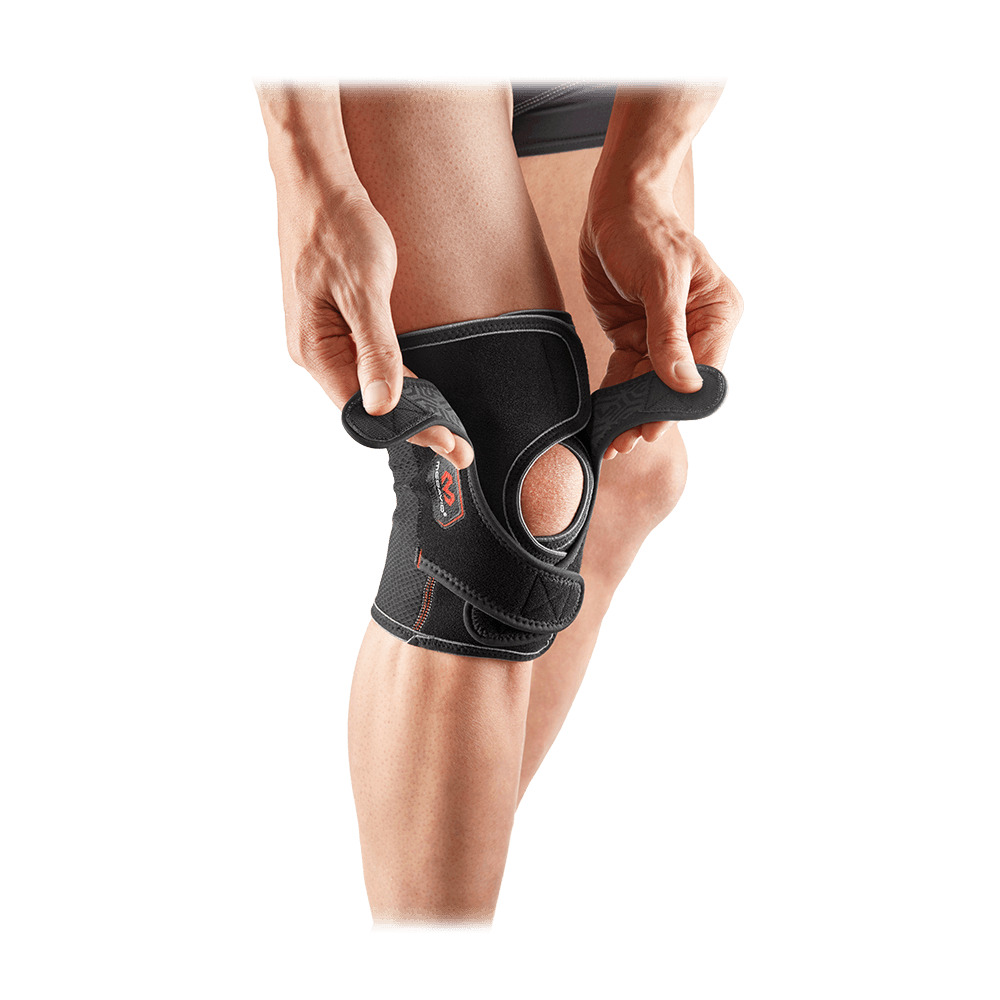
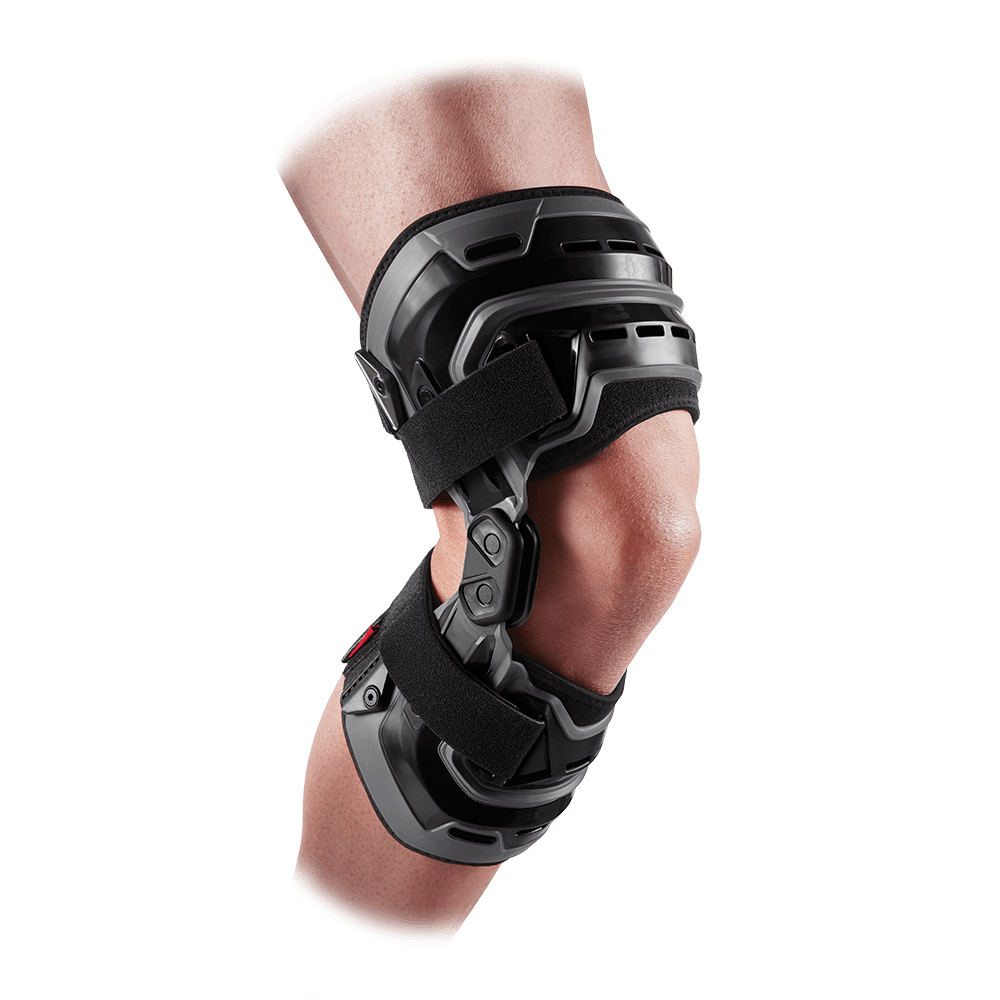
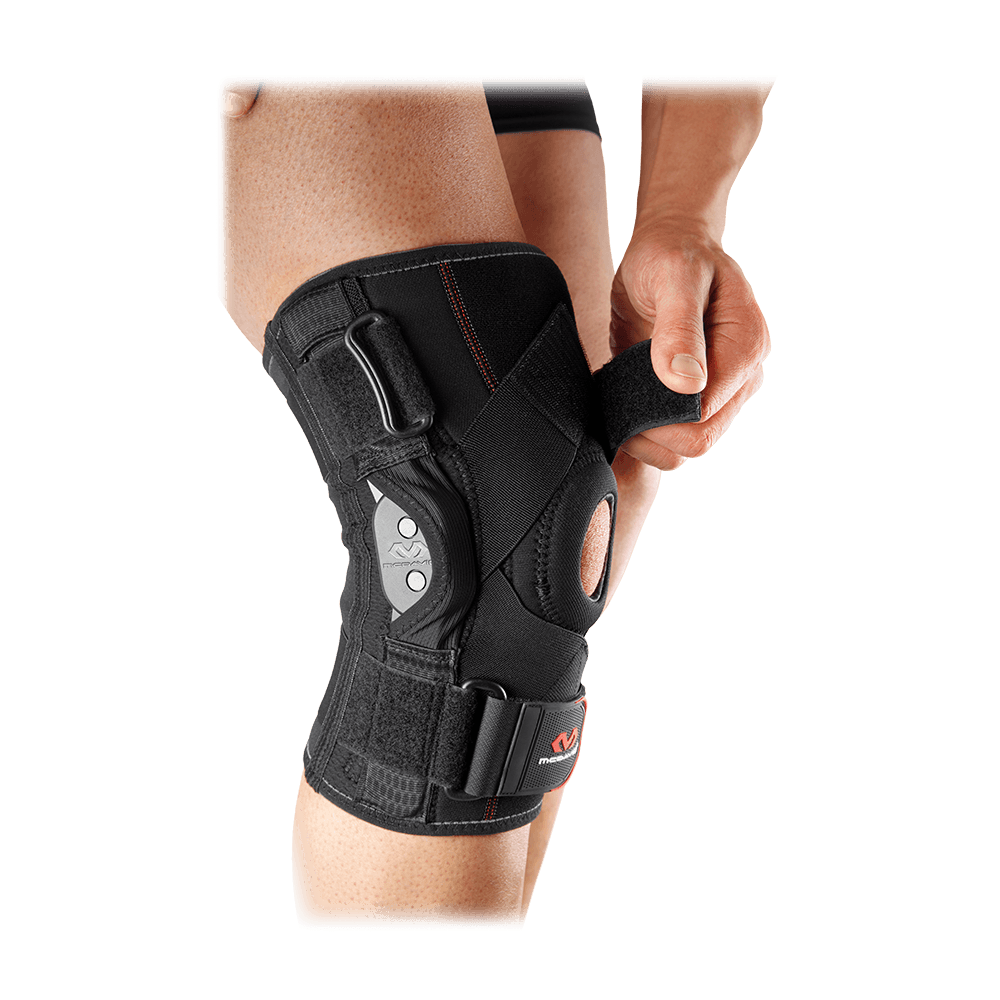

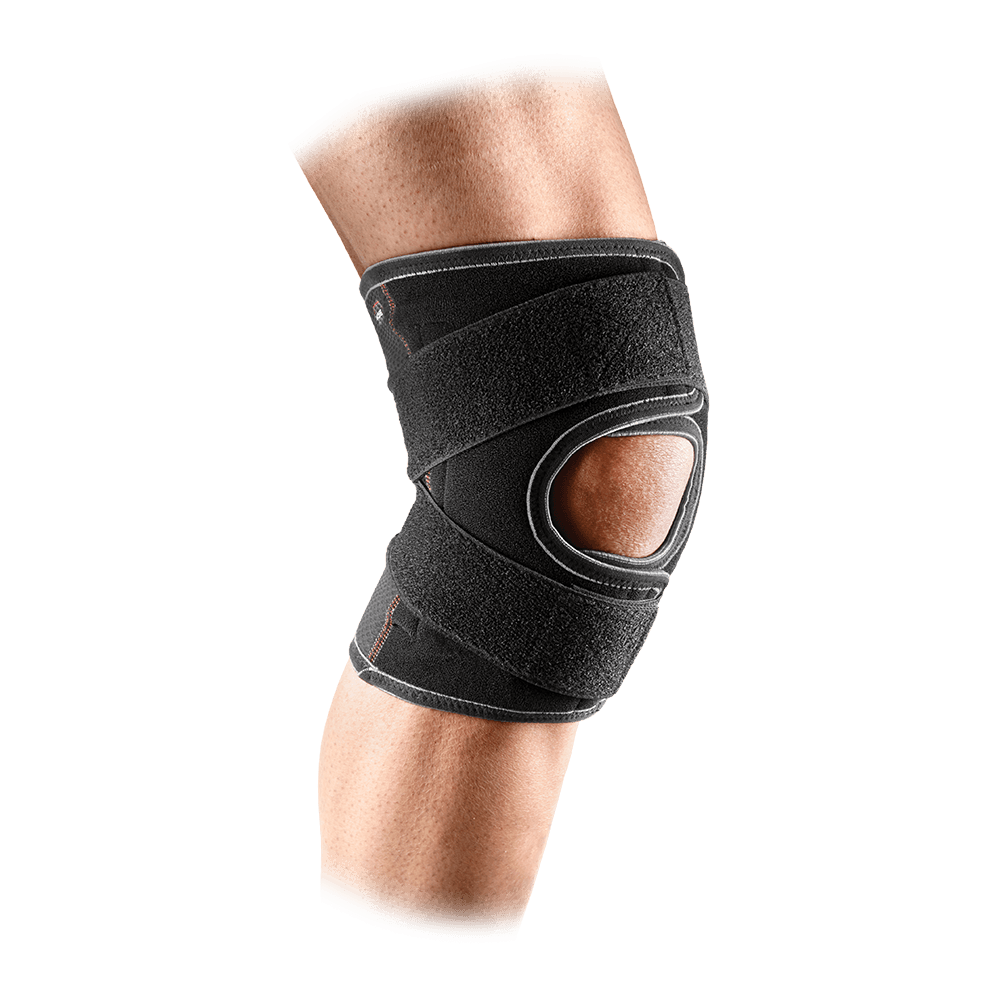

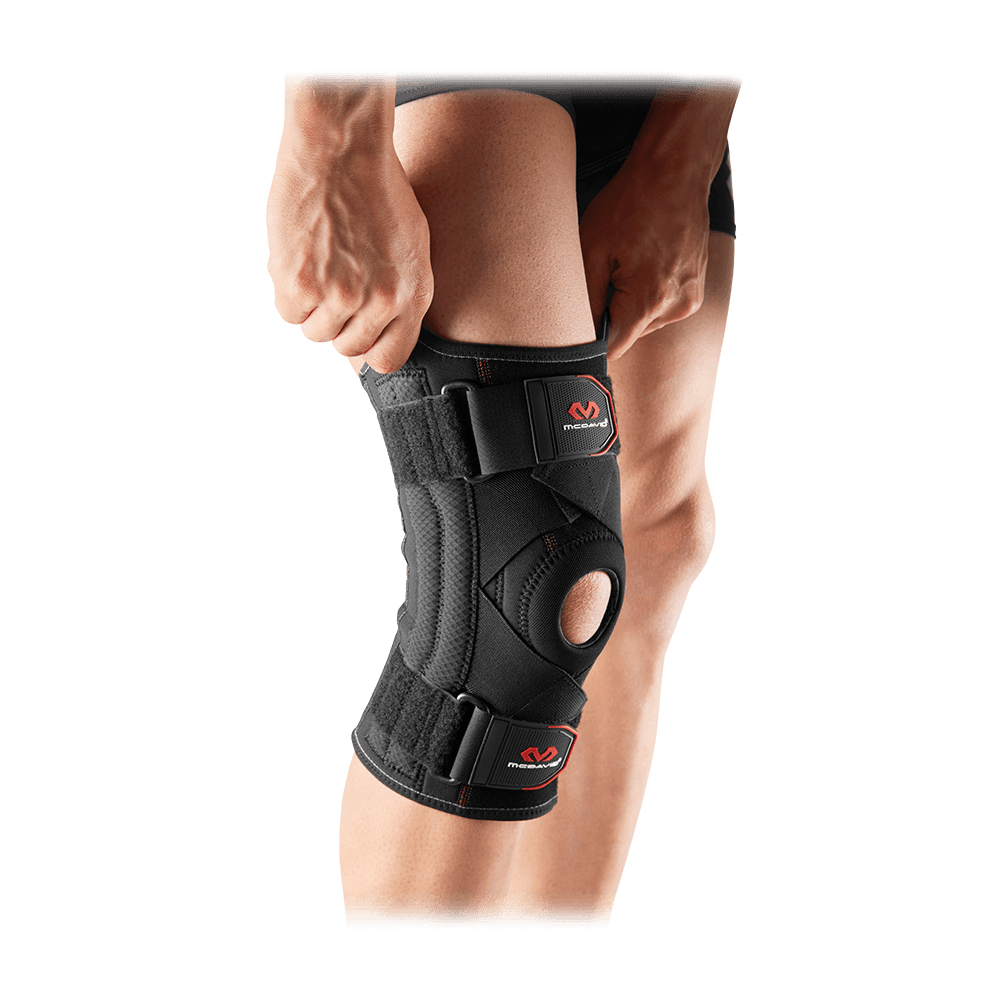
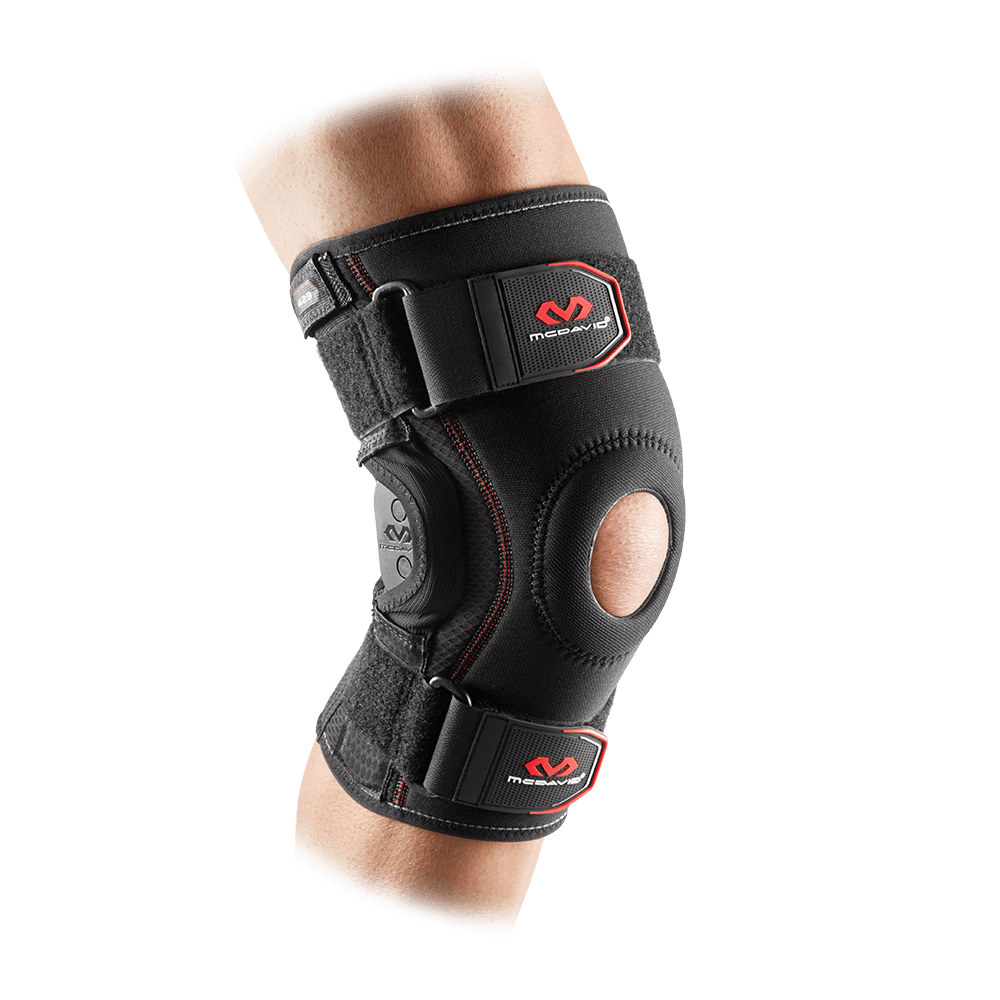
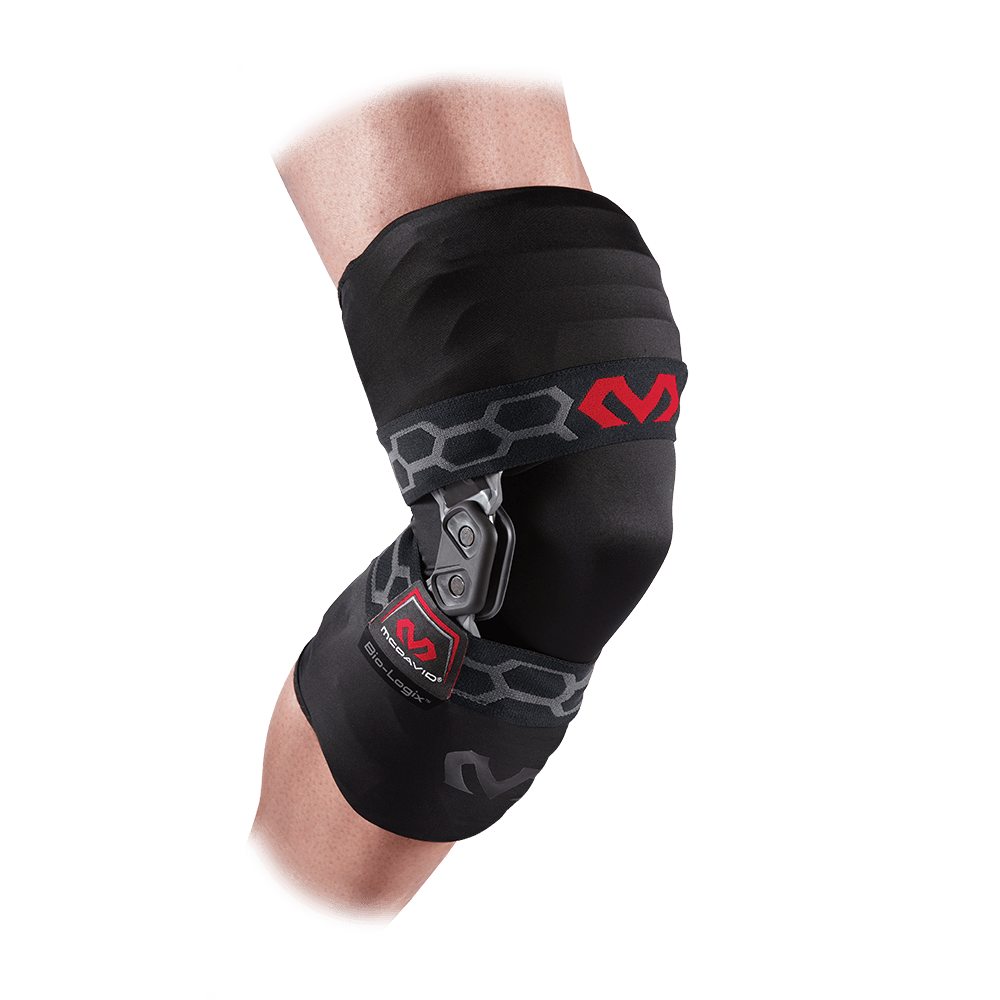

mick
November 02, 2020
Great Information. I’m looking for knee support for compression pain when hiking down hill. No meniscus.